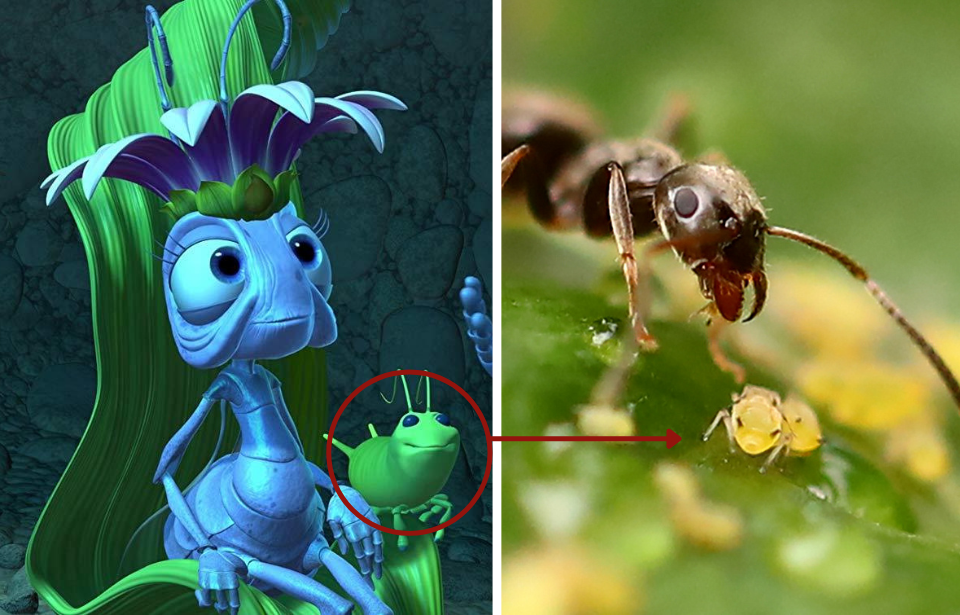Disney is notorious for hiding things in plain sight throughout their movies. Since one of our favorite pastimes is trying to spot any Easter eggs or crossovers while watching a Disney movie, this doesn’t necessarily make this hobby super relaxing! Luckily, our skills are being put to good use, as we have found 10 minor historical details that make Disney movies even more clever.
1. The Statue of Liberty is historically accurate in An American Tail
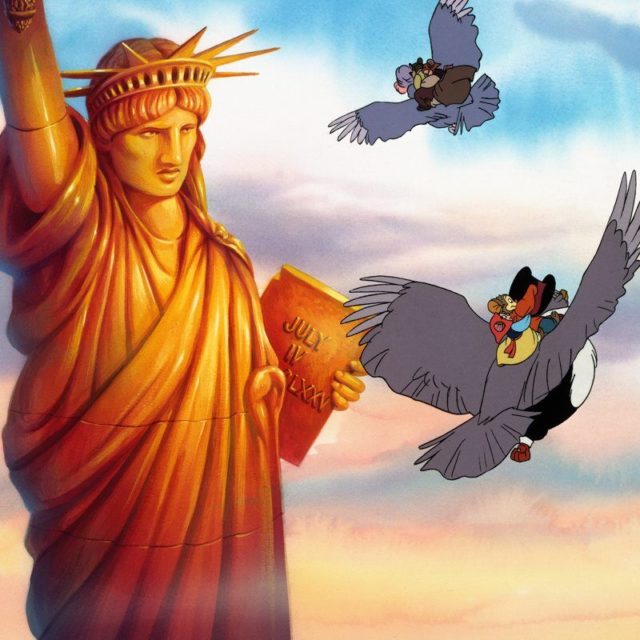
We know the Statue of Liberty for its distinctive green color. However, in the Disney film An American Tail, the statue appears copper, not green. This fact is actually historically accurate, as the movie takes place in 1886. That was also the same year that the construction on the Statue of Liberty was completed, meaning that it had not yet started tarnishing into the green color we see today. In fact, it was only after 1900 that the Statue of Liberty turned green due to oxidation.
2. The extinction of the dinosaurs in Fantasia was from drought, not an asteroid
The 1940 film Fantasia was, at the time, Disney’s most daring experiment. The movie brought to life Walt Disney’s vision of animation and classical music. In this film, the audience sees the dinosaurs dying off from an intense mass drought. When Fantasia was created in 1940, this drought was the prominent theory on dinosaur extinction, meaning that this scene would have been historically accurate and accepted. It wasn’t until 1980 that physicist Luis Walter Alvarez proposed that the dinosaurs were wiped out by an asteroid.
3. Kerchak beats his chest with the palms of his hands, not clenched fists, in Tarzan

In the 1999 Disney film Tarzan, the gorilla Kerchak beats his chest with the palms of his hands rather than clenched fists. The reason behind this slight change is because real-life gorillas actually don’t beat their chests with clenched fists, as is so often depicted in pop culture. Real gorillas usually rapidly beat their chests with cupped hands. This sound can be heard over one kilometer away.
4. Mushu reads the paper differently in Mulan

In Mulan, Mushu is seen reading a newspaper from right to left, rather than left to right as English-speakers do. Traditional Chinese text was written in vertical columns that were meant to be ready from right to left.
5. The queen’s pet is named Aphie for a specific reason in A Bug’s Life

The Queen Ant in A Bug’s Life is often seen accompanied by her ‘pet’ named Aphie. In real life, there are bugs that are known as aphids that live in harmony with ants. Aphids suck nectar out of plants and use it as fuel. So in reality, aphids are not really like pets for ants, but more like cattle that they farm. The more you know!
6. Sidney Grauman gets a shoutout in Hercules
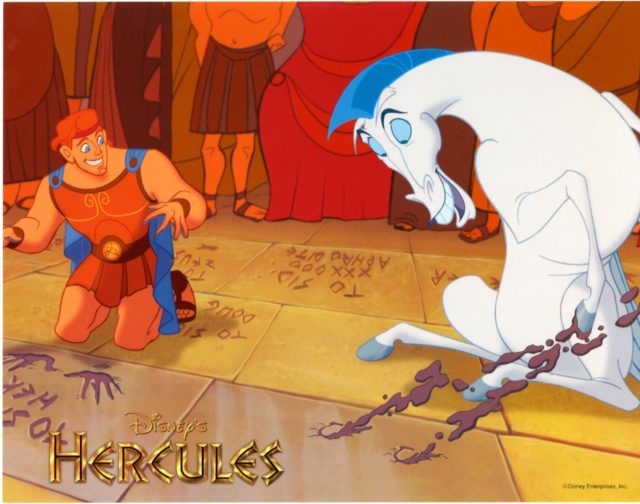
After becoming heroes, viewers see Hercules and Pegasus leave their signatures and handprints in concrete. This practice is a nod to Grauman’s Chinese Theatre in Hollywood. Hercules also dedicates his handprints “to Sid,” which is a shoutout to Sidney Grauman, the real-life creator of the famed theatre. In real life, many stars who have been immortalized in concrete have also dedicated their prints to Grauman.
7. Alexei Romanov’s limp can be seen during the song “Once Upon A December”
The movie Anastasia is based on the real-life Russian princess, Anastasia Romanov, who died alongside her family in 1918. During the song “Once Upon a December,” Anastasia is remembering the galas that her family held at the palace. In this scene, you can see a young boy limping while walking along with Anastasia’s family members. This young boy is meant to be Alexei Romanov, who was actually Anastasia’s younger brother. Alexei was born with hemophilia, and after a leg injury when he was young, always walked with a slight limp.
8. Princess Tiana’s father received the Distinguished Service Cross

The Princess and the Frog is set in New Orleans in the 1920s. One thing the audience learns while watching this is that Tiana’s father was a soldier in the First World War, but presumably died while overseas. However, we also learn that Tiana’s dad received the Distinguished Service Cross (DSC) for his service in the War. The DSC is the US Army’s second-highest award for valor.
9. Shoutouts to Shakespeare throughout The Lion King
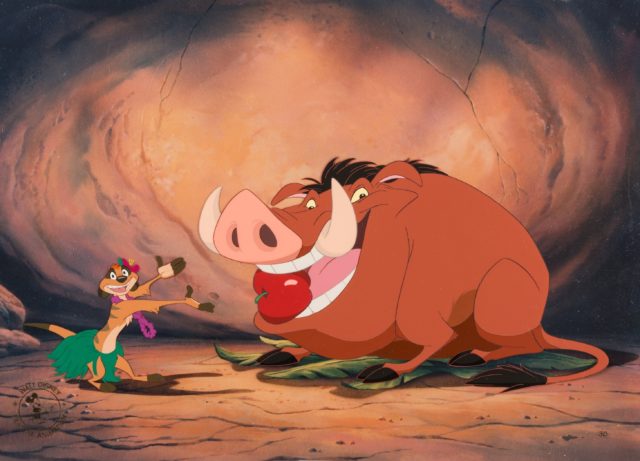
The Lion King (1994) was the first animated feature film from Disney that was based on an original story, rather than retelling a myth or fairytale. Although the storyline is original, there are a number of themes and relationships similar to Shakespeare’s Hamlet. In fact, both Timon and Pumbaa give Shakespeare a shoutout, when Pumbaa (the warthog) exclaims “Oh the shame! Thought of changing my name!” to which Timon (the meerkat) responds “What’s in a name?” Both lines are references to different Shakespearian plays.
10. Mr. Big is an arctic shrew because they’re the most vicious predators on earth
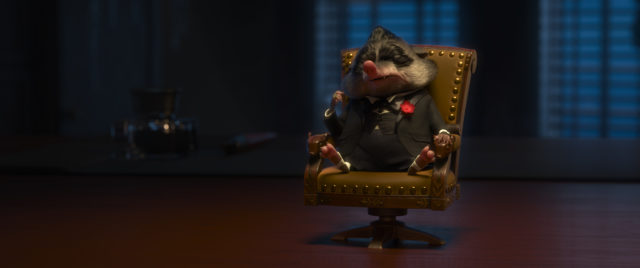
Disney Studios seem to have an explanation for everything they do. In the 2016 movie Zootopia, the character Mr. Big is clearly inspired by Vito Corleone from The Godfather. In Zootopia, Mr. Big is an arctic shrew, and a lot of thought went into this choice of animal.
If you have seen The Godfather, or really any sort of film that centers around the mob, you know that they can be incredibly violent. Surprisingly, so too is an arctic shrew. Zootopia director Rich Moore said that Mr. Big was an arctic shrew because they are “the most vicious predator on earth. It is true, that little tiny shrew needs to eat three times its body weight to stay alive. So that means, if you put four shrews in a bucket tonight, when you get home, if you cover that bucket, you come back in the morning, you’re going to find one fat shrew.”
More from us: It’s An Inaccurate World After All: 7 Times Disney Ignored History
Basically, what Moore is saying is that arctic shrews are willing to kill and cannibalize others of their own species. In the world of Zootopia, this would certainly allow for the arctic shrew to gain the respect of other animals. Luckily, Mr. Big never kills anyone, but now we understand why such a little animal commanded such fear and respect!
